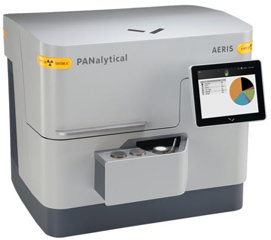
X-Ray Powder Diffraction (XRPD) is a powerful technique used for the analysis of crystalline materials. It provides essential data on crystal structure, phase identification, and purity. XRPD is crucial for:
XRPD Process Overview
Applications of XRPD in Material Science
Why Choose The Solubility Company for XRPD Analysis?

Determining the presence of different crystalline phases in a sample, essential for understanding material properties.

Estimating the size of crystalline regions, impacting dissolution rates and mechanical properties

Elucidating the crystal structure of materials for insight into physical and chemical properties

Viikinkaari 4
00790 Helsinki
FINLAND
1 Broadway
Cambridge MA 01242
United States